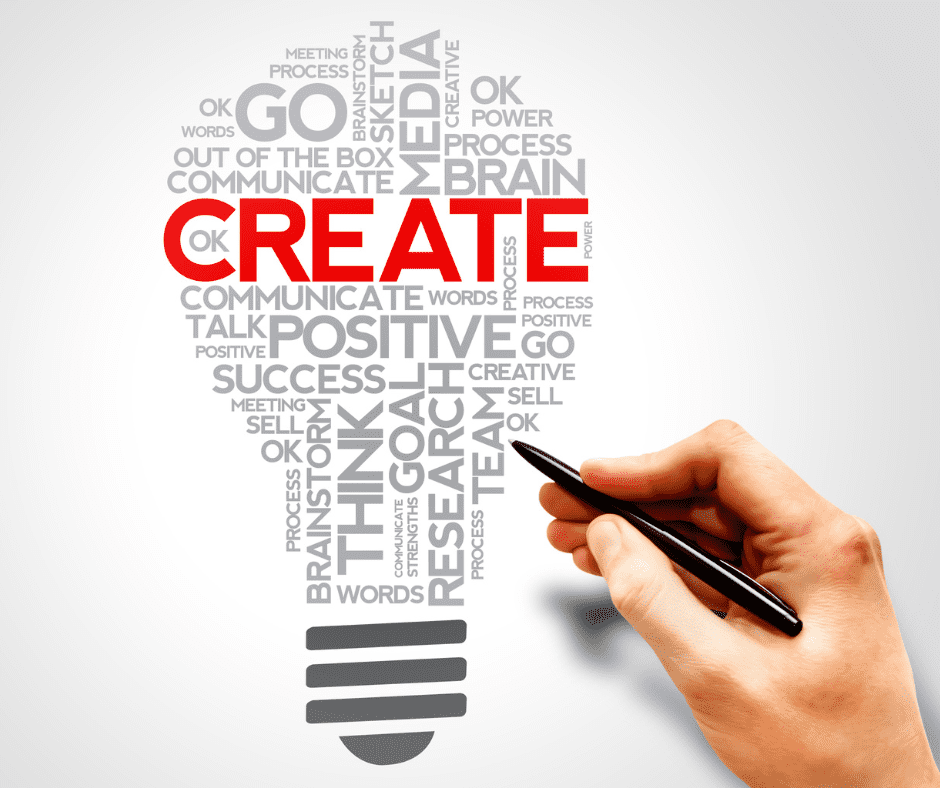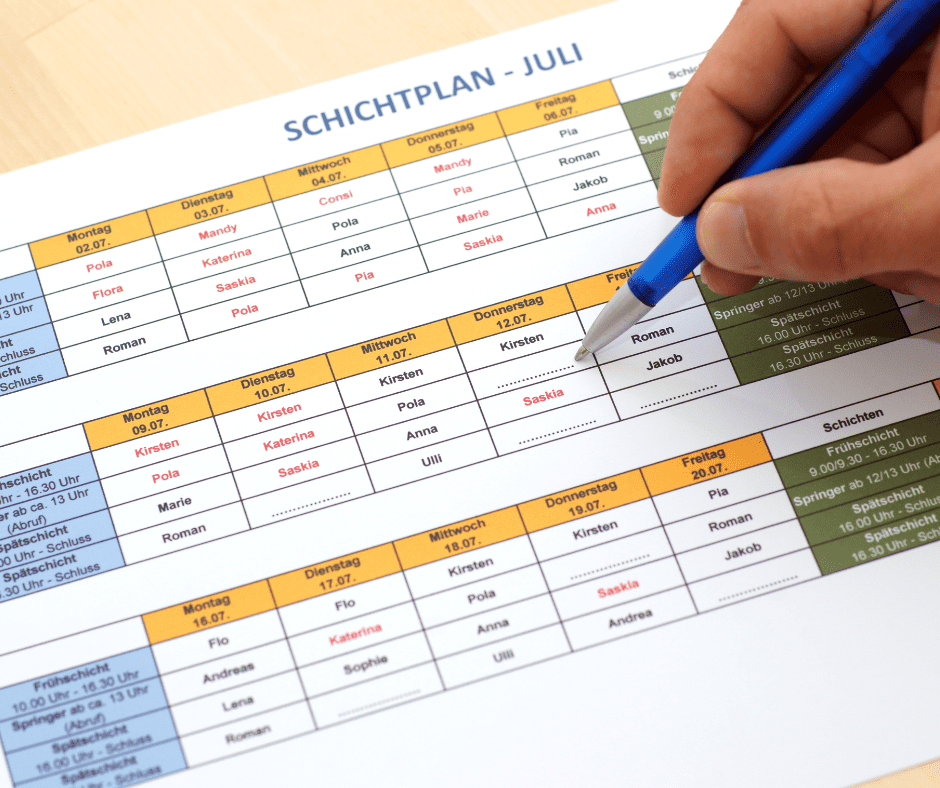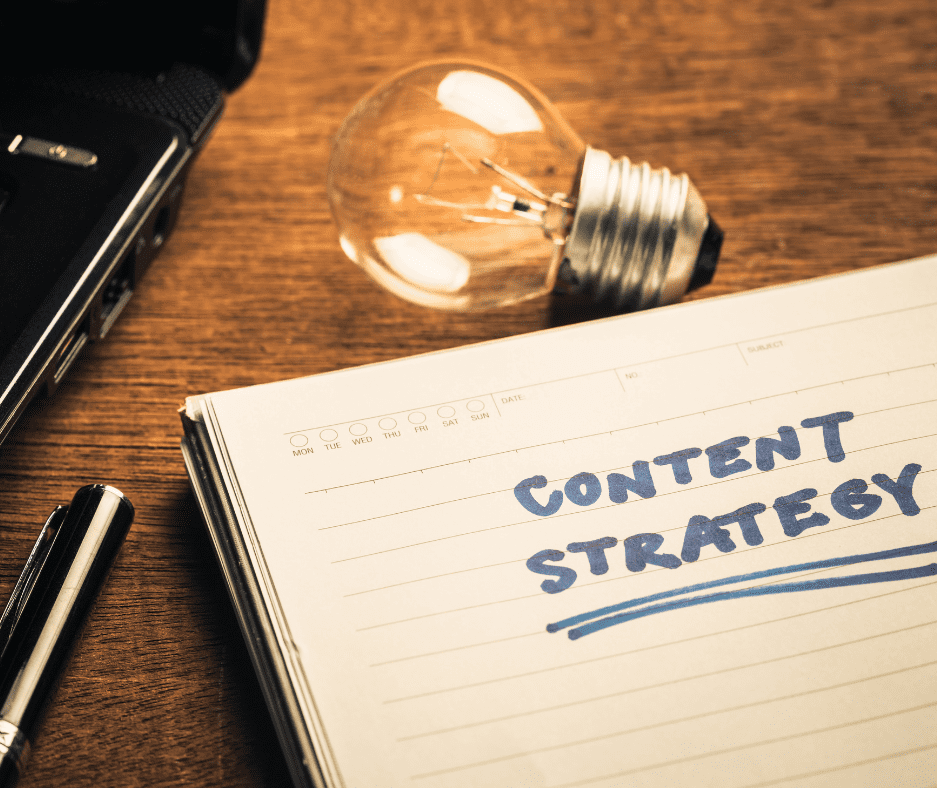Last Updated on May 27, 2025 by Val Razo
Planning Instagram content can feel overwhelming—especially when your mental energy fluctuates throughout the week. That’s where the Instagram Creator Mood Calendar comes in. Designed to help you align your content creation with how you actually feel, this tool allows you to build a personalized content calendar that reflects your real-time energy and creativity levels.
By mapping your emotional peaks and dips, you can choose the right type of content—whether it’s high-energy Instagram Reels, low-effort Instagram Stories, or a simple carousel post. This intentional approach not only helps you create content that aligns with your mood, but it also improves productivity, helps you stay consistent, and delivers more engaging content to your audience.
In this guide, we’ll explore how to use the Mood Calendar effectively, how to match it with a strong social media strategy, and how to use tools like Canva to simplify your workflow. Let’s build a content plan that works with your energy—not against it.
Understanding the Instagram Creator Mood Calendar
What Is the Mood Calendar and How Does It Work?
The Instagram Creator Mood Calendar is a relatively new concept that allows users to plan their Instagram content based on their mental and emotional energy levels. Rather than sticking to a rigid posting schedule, the Mood Calendar encourages content creators to lean into how they feel and assign certain types of content to different moods or energy levels.
For example, on high-energy days, you might feel motivated to go live, record Instagram Reels, or design carousels using a tool like Canva. On low-energy days, you can opt for simpler tasks like repurposing older posts, drafting captions, or scheduling a photo for your Instagram feed.
By tracking your mental energy daily or weekly, you create a personalized rhythm that allows you to plan and schedule posts in alignment with your real-life capacity—making it easier to stay consistent and avoid burnout.
Aligning Mood Levels with Social Media Content Planning
Traditional social media content strategy often focuses on timing, trends, and algorithm optimization. While those are important, they don’t always account for the human side of content creation—your mood, focus, or motivation. The Mood Calendar adds that missing layer by linking your creative output to how you’re actually feeling.
For instance:
-
High-energy days → Record video content, host a Q&A, or batch-create graphics.
-
Medium-energy days → Write blog snippets, organize your content calendar, or develop story series.
-
Low-energy days → Revisit evergreen posts, draft captions, or curate user-generated content.
This approach allows you to plan content that resonates with your audience without forcing creativity when your tank is empty. It’s especially useful for managing multiple social media accounts or publishing across various social media platforms.
Using this strategy also makes your workflow more adaptable. You’re not boxed into one specific type of content every Monday or every Friday—you’re building a content plan that can shift and flex while still delivering value and maintaining a consistent posting schedule.
I started planning my Instagram posts based on my energy levels and noticed a huge difference. On high-energy Mondays, I’d batch-create Reels. By Friday, when I was low-energy, I’d just schedule posts or draft captions. This small shift made my content more consistent—and less stressful.
Mapping Your Mental Energy to Content Creation
Identifying High vs. Low Energy Days
To make the most of the Instagram Creator Mood Calendar, you first need to recognize your personal energy patterns. Are there days in the week where you’re more alert, focused, or creative? Conversely, are there times when even opening your Instagram account feels like a chore?
Start by tracking your energy for a week or two. Use a simple journal, note app, or even a social media management tool like Sprout Social if it helps you stay organized. Label your days as high, medium, or low energy based on how you feel both mentally and physically.
Recognizing these patterns will help you plan and create content more intentionally. You’ll no longer feel pressured to push through creative blocks—you’ll have a roadmap that respects your energy and guides your content creation accordingly.
Posts scheduled using content planning tools see a 23% higher engagement rate than those posted manually.
Choosing the Right Content Type for Your Energy Level
Once you know your high and low points, the next step is to match them with the type of content you produce. On high-energy days, focus on tasks that require more enthusiasm and presence. This is when you should start creating content like:
-
Video tutorials
-
Behind-the-scenes clips
-
Instagram Reels or go live sessions
-
Carousel graphics using tools like Canva
These formats often demand more energy but also tend to have higher engagement rates.
On low-energy days, choose simpler actions that still move your content plan forward without exhausting you:
-
Draft captions
-
Plan future posts
-
Repurpose older content
-
Save trending audio or visuals for later use
Medium-energy days are great for content batching. You can plan your content for the upcoming week, write scripts, design visuals, or organize your content calendar using a tool like Canva or Trello.
By aligning your energy to your tasks, you’ll be able to produce more high-quality and engaging content while maintaining your productivity. You also reduce the risk of burnout and keep your social media content strategy sustainable in the long run.
A 2023 case study by Later highlighted a fitness coach who aligned their Instagram posts with their weekly energy levels. By using Later’s planning features and Instagram’s mood mapping system, their engagement rose by 37% in just two months.
Building a Content Calendar That Reflects Your Energy
Balancing Content Themes and Content Types
A strong content calendar does more than just tell you what to post and when—it helps you organize your creative efforts around themes and formats that align with your mental state. By combining content themes (like tips, personal stories, or behind-the-scenes) with appropriate content types (video, image, carousel), you create structure without sacrificing flexibility.
Here’s a simple structure to follow based on energy levels:
-
High-energy days: Use storytelling, educational content, or deep dives to establish authority and connect emotionally.
-
Medium-energy days: Focus on inspirational quotes, curated lists, or audience polls to keep engagement high.
-
Low-energy days: Share community posts, repurpose blog content, or use templated visuals made in tools like Canva.
This mix allows you to create engaging content without burning out. It also ensures your Instagram feed remains visually and thematically diverse, which is essential for an effective Instagram content strategy.
65% of marketers say they struggle to consistently create high-quality content due to creative burnout.
Using Formats Strategically to Reduce Burnout
There are many different types of content and formats you can use depending on your mood and available time. Planning these formats in advance makes it easier to stick to your content plan and avoid decision fatigue.
Some low-effort yet powerful formats include:
-
Instagram Stories: Ideal for sharing quick updates or behind-the-scenes moments.
-
Photo posts: Great for highlighting your products or showcasing testimonials.
-
Templates: Pre-made content layouts that you can easily update using tools like Canva.
High-effort formats, on the other hand, should be saved for days when you feel more creative:
-
Instagram Reels: Short-form videos that ride trending sounds and formats.
-
IG Lives: Real-time interaction that demands high engagement and spontaneity.
-
Multi-slide carousels: Educational or storytelling posts with detailed visuals.
Using this layered approach, you’ll find it easier to plan your content in one focused day and then execute it throughout the week based on your energy. This not only helps you stay consistent, but also ensures you’re delivering content that resonates across your social media platforms.
Maximizing Instagram Content with Smart Scheduling
Tools to Create and Schedule Instagram Content
Once you’ve aligned your content with your energy levels, the next step is execution—and that’s where scheduling tools come in. To plan and schedule content without added stress, you’ll want a social media management tool that allows you to batch-create and automate your posts.
Here are some popular tools to consider:
-
Canva: Great for both creating visuals and scheduling posts directly to your Instagram account.
-
Sprout Social: A robust platform that offers scheduling, analytics, and team collaboration features.
-
Later or Buffer: Simple and effective options to schedule posts and preview your Instagram feed.
Using these tools lets you handle your content creation in bulk—on days when your energy is high—and then schedule your posts to go out automatically throughout the week. This way, you free up time and reduce daily pressure while maintaining a consistent posting schedule.
Best Times to Post Based on Your Energy and Audience Analytics
While the Mood Calendar focuses on your energy, it’s also important to consider when your audience is most active. Use analytics tools to determine peak engagement times and align your scheduled posts with those windows.
Instagram’s built-in analytics (under Professional Dashboard) can help you discover:
-
Days of the week with the highest engagement
-
Time slots when your followers are most active
-
Top-performing types of posts (videos, stories, carousels)
Cross-reference this data with your energy levels. For instance, if you typically feel creative on Tuesday mornings and your audience is highly active on Wednesday evenings, use your Tuesday energy to schedule content that will perform well on Wednesday.
This thoughtful approach lets you plan your Instagram activity around both personal and platform trends—maximizing visibility without compromising your well-being.
When you combine energy mapping with smart scheduling and real-time analytics, you create a system that allows you to share content consistently, increase your engagement rate, and build a stronger connection with your audience—all without burning out.
Measuring Results and Optimizing Your Strategy
Analyzing Instagram Content Performance
Creating Instagram content based on mental energy is only half the equation—the other half is understanding how it performs. Regular performance analysis helps you identify which types of content resonate with your audience and which ones need refinement.
Use Instagram’s built-in analytics or a social media management tool like Sprout Social to track key metrics such as:
-
Reach and impressions
-
Engagement rate (likes, comments, shares, saves)
-
Best-performing format (Reels, Stories, static posts)
-
Follower growth trends
Track these metrics weekly or bi-weekly to identify patterns. For example, you might discover that your audience prefers visual carousels over text-heavy posts, or that your Instagram Stories drive more DMs than Reels. These insights will help you guide your content creation and improve your overall social media strategy.
At first, I thought mood-based planning was too unstructured. But after just two weeks of tracking my energy and adjusting my content calendar, I actually created more than usual and felt less overwhelmed. It helped me stop equating productivity with output alone.
Adjusting Your Content Calendar for Better Engagement
Once you’ve reviewed your data, it’s time to adjust your content calendar. This doesn’t mean starting from scratch—it means refining your approach to maximize engagement without draining your energy.
Here’s how to do it:
-
Revisit past high-performing posts and see how you can replicate their success.
-
Shift underperforming formats to lower-energy days or rework them into more digestible pieces.
-
Use the “save” feature on Instagram to collect content ideas you want to recreate or adapt.
-
Plan upcoming content around trends that align with your themes and tone.
Flexibility is key. The best social media content strategy evolves over time. Whether you’re managing one or multiple social media accounts, this approach helps you produce content that resonates, keeps your content calendar organized, and ensures you’re always moving forward.
Above all, don’t forget to celebrate what’s working. Building an effective Instagram strategy around your mental health isn’t just smart—it’s sustainable. Over time, this will help you stay creative, reduce burnout, and maintain a consistent presence across your social media platforms.
Conclusion
Using the Instagram Creator Mood Calendar is more than just a productivity hack—it’s a powerful way to align your mental energy with your content creation process. By building a personalized content calendar that respects your energy levels, you not only protect your creativity but also produce more authentic, engaging content.
From choosing the right type of content for your mood to leveraging tools like Canva and Sprout Social for planning and automation, this approach makes it easier to stay consistent without burning out. When combined with regular analytics checks and flexible strategy updates, you create a system that works with you—not against you.
Whether you’re managing one Instagram account or multiple social media platforms, the Mood Calendar gives you the freedom to create content on your terms while still meeting your goals. Start using it today to build a more sustainable and effective social media strategy—one post, one mood, and one day at a time.
Frequently Asked Questions
What is an energy-based content calendar?
An energy-based content calendar helps you plan social media content around your mental and physical energy levels. Instead of forcing creativity on low-energy days, you match each day’s energy to the type of content you can realistically produce—helping you maintain consistency and avoid burnout.
Can I use this strategy across different social media platforms?
Absolutely. While the Instagram Creator Mood Calendar is a great starting point, the same method applies to other social media platforms like LinkedIn, TikTok, or Facebook. Just tailor your content ideas and formats to fit each platform’s audience and features.
How do I track my energy levels for content planning?
Start by noting your daily energy on a scale (e.g., 1–5) in a journal or app. After a week or two, look for patterns. Then assign different content types to match those levels—like video on high-energy days and captions or post planning on low-energy days.
What are good low-energy content formats for Instagram?
On days when you feel drained, stick to low-effort formats like Instagram Stories, text graphics made in Canva, reposts of older content, or pre-scheduled quote posts. These keep your Instagram content flowing without requiring high creativity or production time.
How often should I revisit and adjust my content calendar?
Review your content calendar at least once a month using platform analytics. This allows you to assess what’s working, identify high-performing content ideas, and tweak your schedule to align with upcoming trends or shifts in your energy.
Author Bio
Val Razo
Val Razo is a skilled professional in the field of Instagram Marketing. With over five years of experience as a freelance Social Media Marketing consultant, Val has assisted numerous small and medium-sized businesses in achieving their goals.




